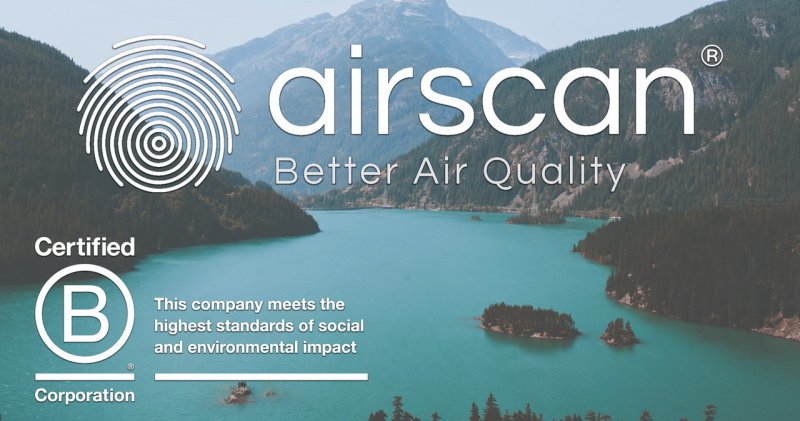Airscan Certified B Corporation
We are very proud to announce that Airscan, together with her sister companies CO2logic and Greentripper, is one of the very first environmental consulting firms to be certified B-Corp in Belgium.

Certified B corporations (B corps) meet the highest verified standards of social and environmental performance, transparency and accountability. Business as a force for good is the primary target of B-corp certified companies. As of 2020, there are almost 4000 B corps in 150 industries and 74 countries around the world. B Corporation Certification helps consumers identify companies with a mission and helps investors select investments that align with their values!
By gaining the B Corp certificate, we aim at building a more inclusive and sustainable economy by using business as a force for good. We shall keep working with full commitment to environmental, social, and economic impact.
Reaching this goal would be impossible without our customers and partners. Therefore, we would like to thank you for trusting Airscan!
Learned something? Feel free to share.

Ozone Levels In Brussels For The Last 10 Years
Did you know that the very air we breathe can be both a shield and a hazard? While ozone high up in the atmosphere protects us from the sun’s harmful rays, ground-level ozone can pose serious health risks. Airscan’s latest decade-long study reveals alarming trends in ozone levels across Brussels, with certain summer days seeing concentrations double the WHO’s recommended limit. Dive into our findings to understand how ozone impacts your environment and discover practical tips to protect yourself during high-pollution days..

Pure Cities: how temperature, wind and rain shape our air
This article explores the seasonal variations in air pollution and the influence of meteorological factors on pollutant concentrations, focusing on data from the “Pure Cities” project in Belgium. Analyzing pollutants like PM2.5, PM10, and NO2, the study highlights how temperature, humidity, wind speed, atmospheric pressure, and precipitation affect air quality throughout the year. Findings show that pollutant levels tend to rise during colder months due to increased residential heating and reduced dispersion. The article discusses the importance of addressing seasonal pollution through targeted strategies, such as enhancing public transport, promoting green spaces, and aligning regulations with WHO guidelines.

Beats for Planet: Key Findings of 3 Years of Air Quality Monitoring in Belgian Schools
3 Years of Beats for Planet: this is what we know about air quality in Belgian schools! If you have been following Airscan for a while, you will definitely know Beats for Planet. Airscan launched this project with Belfius three years ago with the aim of helping schools improve their air quality. In the framework of this project, Airscan has collected and analyzed data from 72 schools around Belgium for three indoor pollutants: carbon dioxide (CO2), particulate matter (PM) and volatile organic compounds (VOC). This is what we found..





